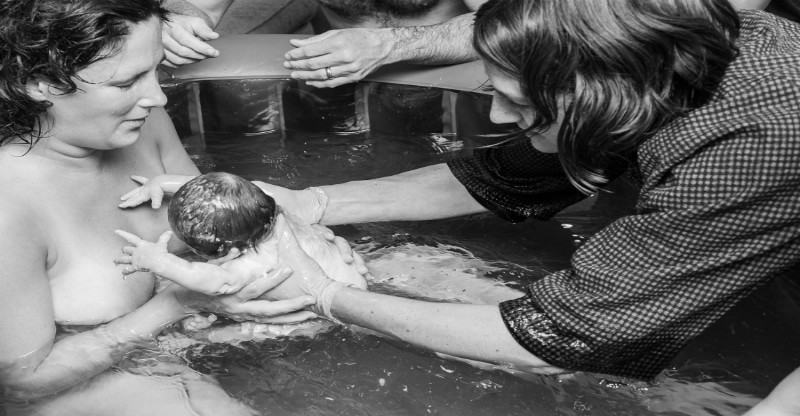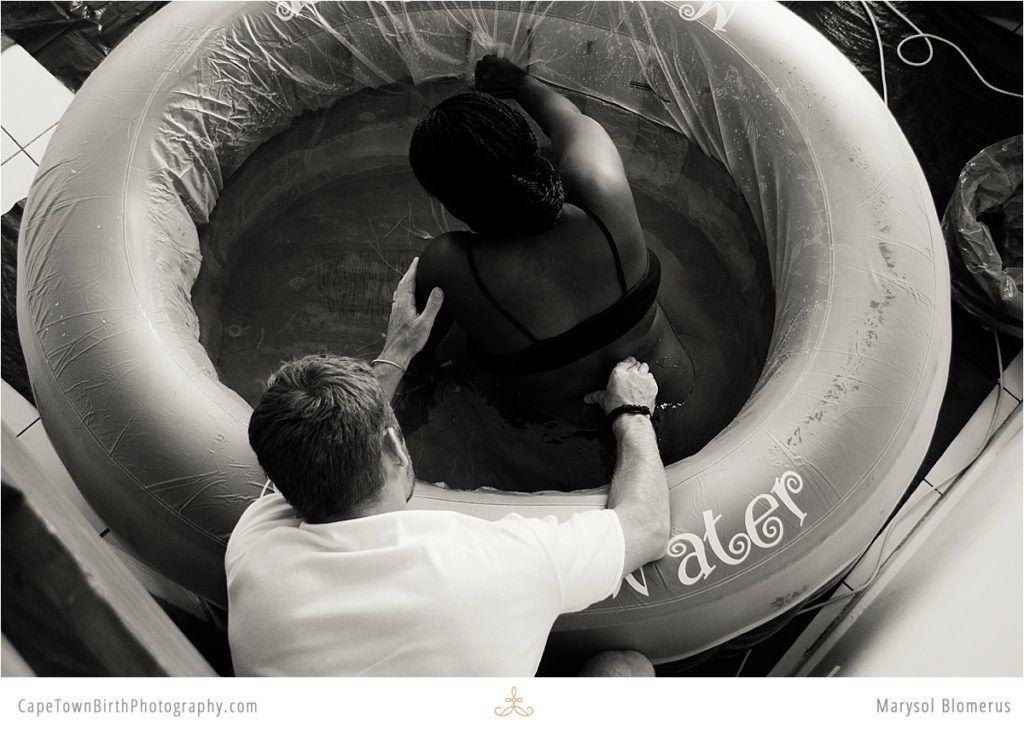Labor in water: There are an array of ways where laboring women and people who care for them can help or hinder the natural process. How you manage your pain is something you need to consider when you decide to do a spontaneous, un-medicated birth.
For me personally, I was so extremely frightened to give birth. Pain isn’t something I could’ve taken. Read my story here.
One such method women in labor use – (a non-medical, comfortable, and drug-free method) – is deep water immersion. A bath/pool can positively affect everybody in the birthing environment, inducing a relaxing and calming atmosphere.
Table Of Contents
Birth And Labor In Water
Here is a information sheet and guidelines for deep water immersion for birth and labor in water.
Consider this…
Have you ever partaken in the relief a warm bath gives, especially after you’ve had a long, hard day.
Water immersion in labor can help in all kinds of ways such as:
- Altering how aware you are of your pain
- Decrease your anxiety level
- Relax you emotionally, mentally and physically
- Let the active labor process to continue smoothly
- Facilitate the natural birthing process, decreasing the need for use of prescription medication or other kinds of intervention
A More In-Depth Look At How Deep Water Immersion Helps Laboring Mothers
Do you need a better understanding of how deep water immersion can help laboring mothers in the process?
Here is a better look at how deep water immersion helps these women:
It can decrease gravity’s effects, which helps to you save your energy and stay active.
It gives you the freedom to move and feel weightless so that you can easily move into an array of positions that work with your contractions and allow you to rest in between them.
It also works to stabilize your blood pressure, boosting better circulation of blood and physically altering your uterus, stomach and back muscle tone.
It can better the flow of blood going to the baby, decreasing the pain and ensuring you feel more relaxed.
It also will help in effective uterine contraction, so that your labor progresses smoothly. The pelvic floor will begin to relax and the baby can easily get into its position for the birth.
The warm water on your skin will block the negative pain message your body is feeling.
It’ll reduce the adrenaline your body is feeling, and enabling the body’s birth hormones like endorphins and oxytocin to respond to the labor’s demands.
With deep water immersion, you can still be happy without the use of other kinds of pain management.
Water will produce and protect the private space – allowing you to feel like you own the place – so you can be “comfortably” in labor.
The water may make you feel you’re not as exposed to the world, letting you to instinctively labor. Deep water immersion doesn’t allow for distractions; people trying to peek in.
With water, you get a sense of “control” of your labor process.
When you’re active and don’t use medication, water usage makes you feel like you can be successful and accomplish something – that something is the birth of your baby.
And, that provides you with even deeper contentment of your birth experience, making you feel emotionally-healthy after your baby is born.
Using Water for Labour and Birth – why people use birthing pools: By GoodBirthCo.
When Should You Consider Using Water For Your Labor Process
False Labor, Spurious Labor, Pre-Labor or Early Labor
Deep water immersion can help your body relax and prepare for labor so that it can become established or it can relax you so that your contractions will slow down or stop so you can rest and wait for the laboring process.
Established Labor
This process is useful in managing pain and providing relaxation during the first stage for women who are considered low-risk (uncomplicated pregnancy between the weeks of 37 and 42).
You should talk about your decision with your doctor, mid-wife or hospital to learn what their eligibility policy is and what criteria they would exclude you on. Learn what circumstances could lead to you needing to leave the water.
Failure To Proceed
A labor that isn’t going as planned – (stalling and often linked to stress, tiredness and irregular contractions.)
Deep water immersion can keep this from happening, reducing the stress the body feels and let your birth hormones kick into gear. It will speed up the going into labor process.
When water is used, it decreases the need for other laboring tactics such as: artificial membrane rupture, hormone drips or another epidural.
You Need Something… Whatever It Is
If you think there are no more tricks up your sleeve to get your contractions going, then the bath may be your best option.
Warm water can stimulate the skin’s nerve fibers to send out positive messages and block out the sending of pain message.
When water is used in this manner, it decreases a laboring mother’s need for the epidural.
When Is It The Right Time To Leave The Water
The idea behind deep water immersion is to ensure that you’re comfortable at all times. Therefore, there are times when leaving the water will be best for you.
If your labor in water is progressing like you want it, leave the water.
Come back if you feel like it.
Your mid-wife suggests that labor is not progressing like it should and feels walking around may be best in order for gravity to restart the laboring process.
If the bath has become contaminated by feces, blood and/or other debris, you may need to leave the bath so that it’s drained, cleaned and-refilled.
If you’re near the end of the birthing process, your doctor may decide you need to leave the tub. If you want a water birth, ask about the policy the hospital, doctor and/or mid-wife has on it.
If there are any concerns or indications that you or the baby are not doing well, you may be asked to leave. This can include unusual bleeding, slow (bradycardia) or fast (tachycardia) heart rate, unusual blood pressure rate for the mother, maternal temperature or pulse and more.
If you ask for an epidural or other narcotic drug, you may need to leave the water.
Helping your labor or giving birth in the water can be safe and provide you relief from the laboring pain.
It helps to soothe the mother and baby, making the process of giving birth calmer and less stressful.
Simply put: the method of deep water immersion really works.
References:
Government of South Australia, Department of Health (2005). Policy – First stage labour in water. Adelaide: Healthy Start Clinical Reference Group. Available at http://www.health.sa.gov.au/
Hart, R. (2003). Pethidine vs deep water immersion. Unpublished. Literature review undertaken in Bachelor of Midwifery studies at Australian Catholic University. www.maternitycoalition.org.au




Leave a Reply